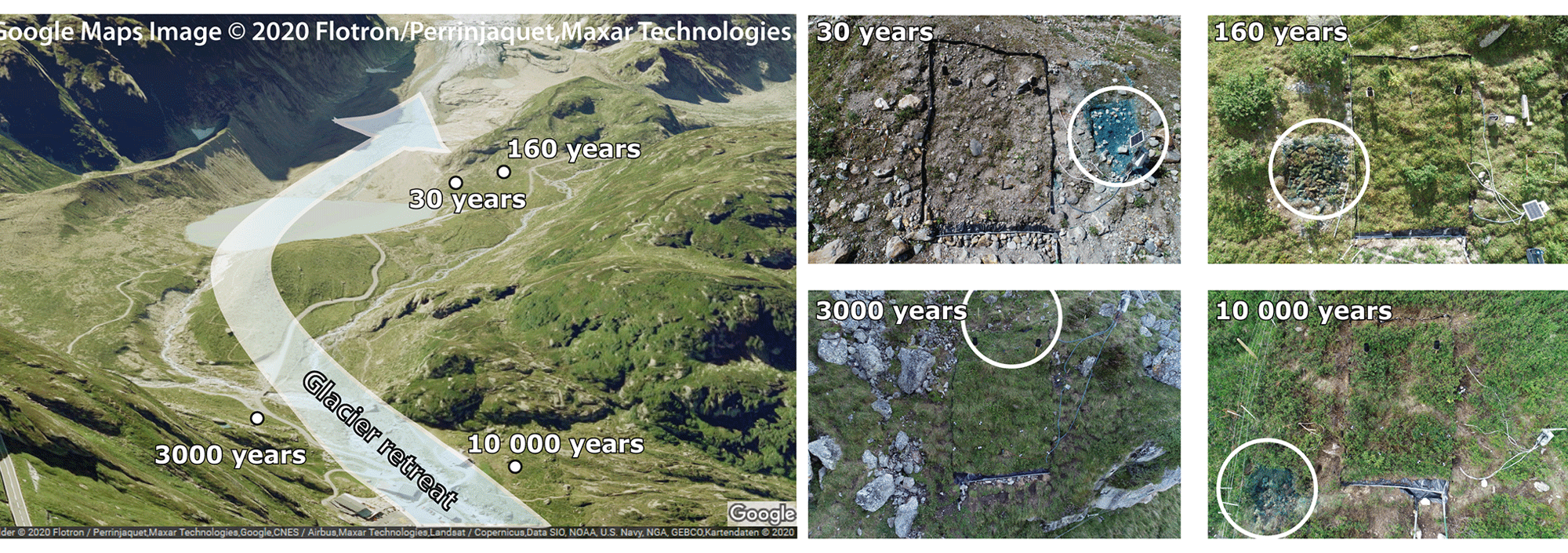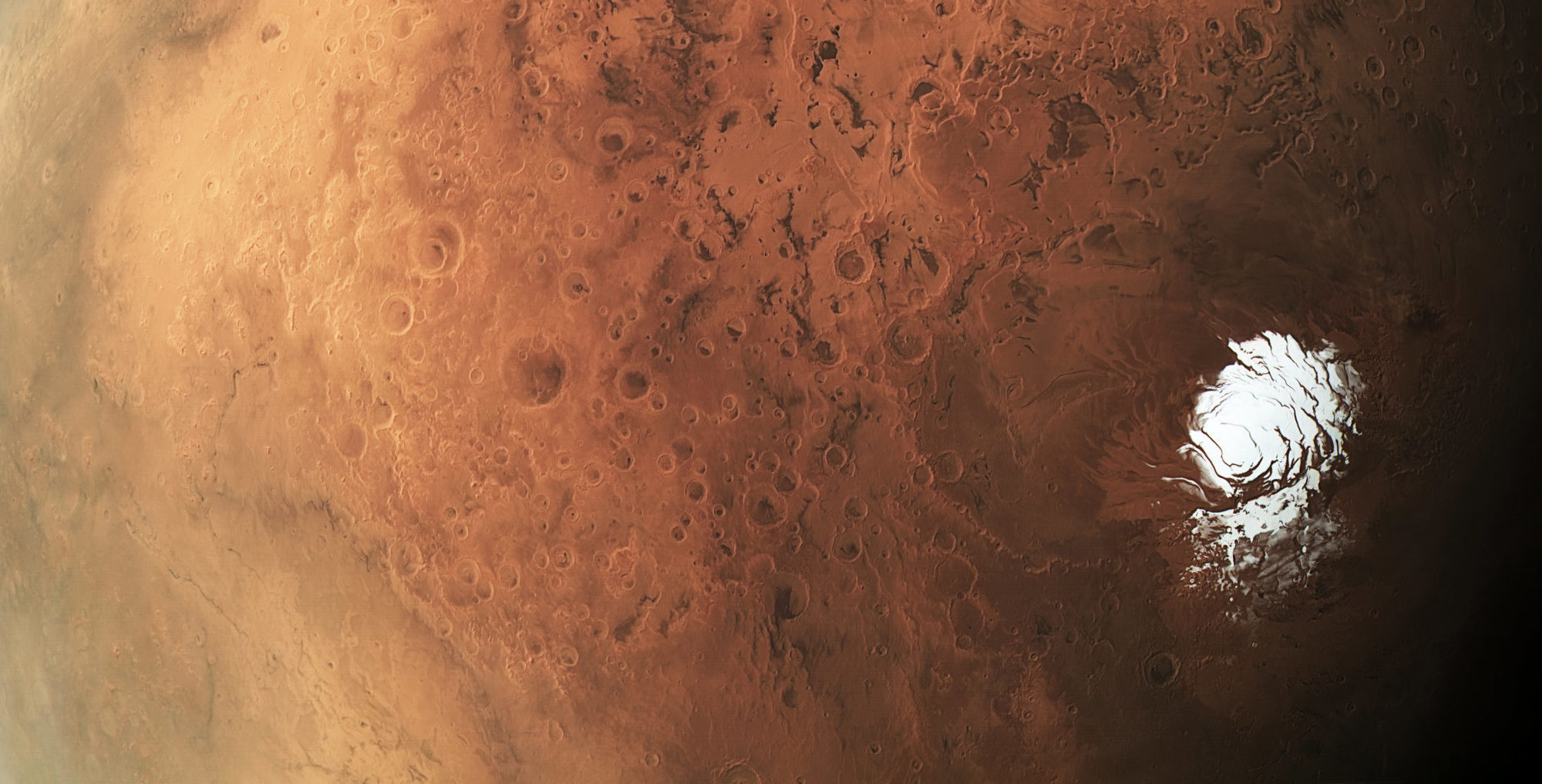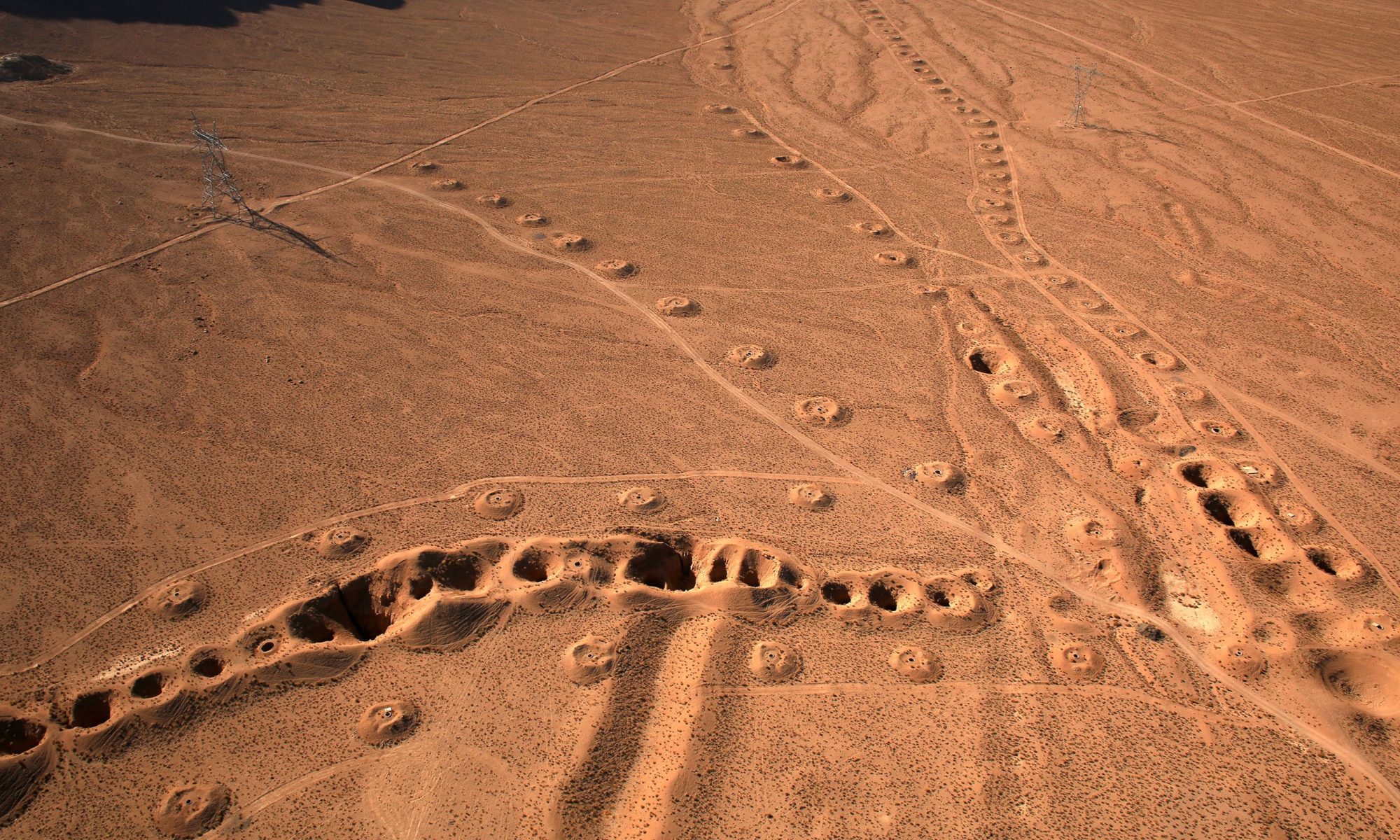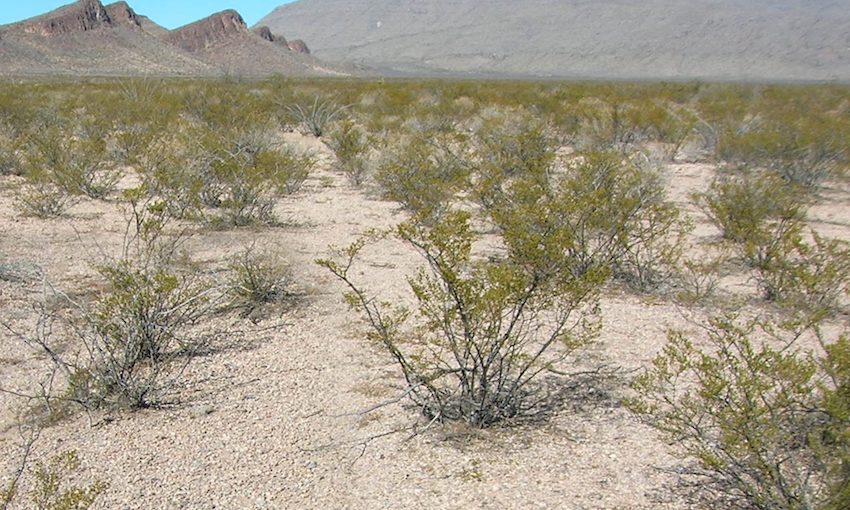Featured image: The Stein Glacier in the central Swiss Alps, where the study was conducted. Left panel © Google, right panels CC BY Florian Lustenberger in Hartmann et al. 2020.
Paper: Field observations of soil hydrological flow path evolution over 10 millennia
Authors: Hartmann , A., Semenova, E., Weiler, M., & Blume, T.
The way water flows through soil and sediments can be incredibly diverse. In the simplest case, water flows uniformly through all of the pore space between grains. Most soils act very differently though. Water moves quickly through certain pathways and not at all through other areas. This preferential flow of water has important consequences for the ability of the soil to hold water, and for the movement of nutrients and contaminants. Understanding what factors affect the evolution of preferential flow pathways can help scientists better understand how soils work now, and how they will respond to human induced changes into the future.
Continue reading “When space is time: evolving soil hydrology on glacial moraines”




